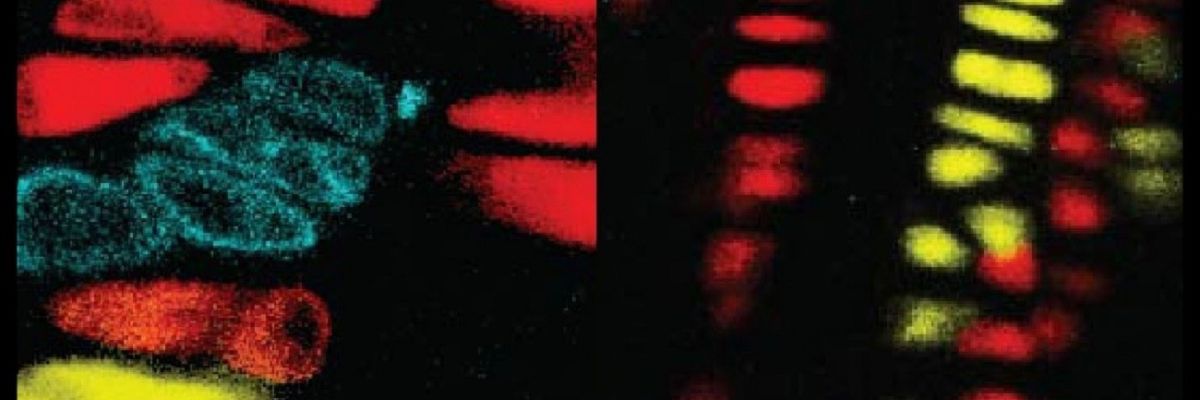
Bones can do the same as skin and blood, says a unique research published in Nature
Bones can do the same as skin and blood, says a unique research published in Nature
Tue Mar 19 16:20:16 CET 2019
A research by an international team with participation of a scientist from the Institute of Experimental Medicine of the CAS, dealing with restoration of stem cells in “growth zones” of bones, has been published in the prestigious Nature journal. In the future, this discovery might help with reducing growth disorders in children or with improvements in medicinal procedures in general.
“This research has proved that even in bones there are cells that, for a certain time, allow them to maintain growth zones necessary for longitudinal bone growth, facilitating this development until the child reaches adulthood,” says Mária Hovořáková, the study’s co-author from the Institute of Experimental Medicine, adding that longitudinal bone growth in children is sustained by growth plates. These are made up of cartilaginous tissue and divide both ends of long bones from their middle part, which already consists of hard bone material. The growth plates contain three types of cells (chondrocytes), which need to be continuously replenished in the growth zone in order for the growth plate to maintain its function in the long term.
The research (Newton et al., 2019), conducted under patronage of the most important European medical university, Karolinska Institute in Sweden, used mice samples and confirmed the restoration of stem cells in the growth zones.
Stem cells in bones are capable of regeneration
The study has shown that bone growth has, surprisingly, different course before and after the birth. The scientists have used specific mice strains that allowed them to monitor cell populations, and they have proved that shortly after the fetus is born, some embryonal chondrocytes gain characteristics of stem cells. Their asymmetrical division creates both more stem cells, replenishing their supply, and cells ready for differentiation and bone production.
Such behaviour is typical for tissues with high capability of regeneration, such as for skin or blood. In these tissues, so-called progenitor cells are located in specific niches that are tasked not only with production of cells of given tissues (skin or blood cells) but also allow for self-restoration of progenitor cells themselves. If such niche is damaged, progenitor cells are used up and the tissue is damaged. The research by Newton et al. has basically confirmed that these niches exist in bones, as well.
A path to a better understanding of growth disorders in children
“I am convinced that the discovery of regeneration ability of progenitor cells in mice’s growth cartilage can lead to a significant improvement of understanding of growth disorders in children. Logically, possibilities of re-evaluation or innovation of therapeutic methods might follow. It will be necessary to confirm that growth works the same way in humans, of course,” says Hovořáková. According to her, the research might help against various ailments including achondroplasia, also known as disproportional dwarfism, or uncontrollable growth in patients with some mutations.
“I am happy that I had the opportunity to work on this project under leadership of such personality as Andrei Chagin from Sweden’s Karolinska Institute. From my point of view, cooperation with him and the entire team has been a tremendously inspiring experience,” concludes the scientist.
The opening photo shows cellular lines observed in prenatal and postnatal growth plate in mice
Original Czech text prepared by: Alice Horáčková, Department of Media Communication of the Head Office of the CAS, in cooperation with Dana Alena Maděrová, Institute of Experimental Medicine of the CAS
Photo: Institute of Experimental Medicine of the CAS
